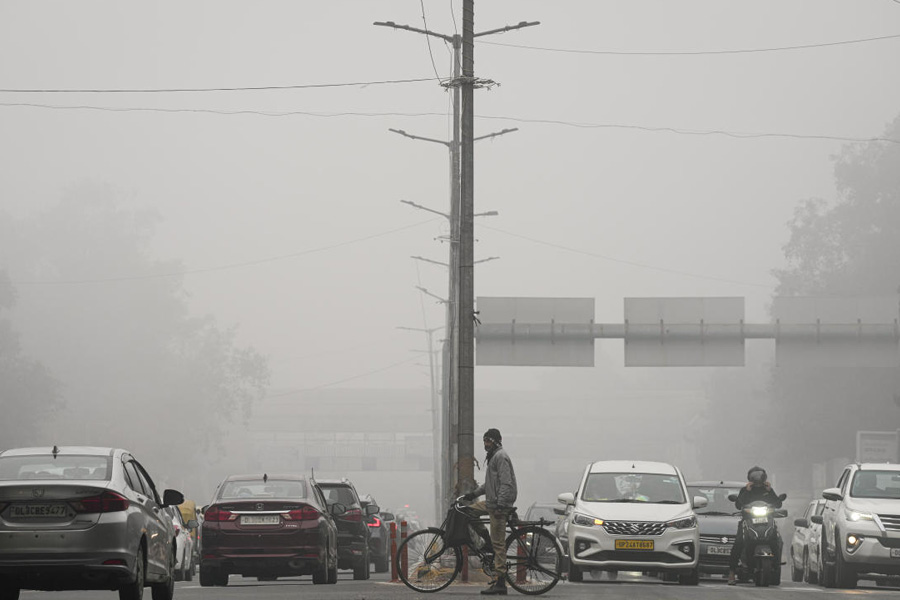|
|
The standard measure of inequality is the Gini coefficient. It is equal to one if all income goes to one person; if one woman owned everyone in an economy, fed them what she liked and made them work according to her will, if all income belonged to her and everyone else was her slave, the Gini coefficient in her monarchy would be one. If, on the other hand, everyone got exactly the same income, the Gini coefficient would be zero.
If people are ranged from the poorest to the richest, and if the cumulative proportion of the population is plotted against the cumulative proportion of income it commands, one gets a Lorenz curve. If everyone got the same income, the proportion of income and the proportion of population would be the same, and a graph of one against the other would be a 45-degree straight line. If all the income went to one person, the graph would hug the x-axis till it reached that last person, and then rise vertically. The ratio of the area between the Lorenz curve and the 45-degree line to the total area under the line is the Gini coefficient.
The Organization for Economic Cooperation and Development has recently been looking at trends in income inequality. The countries with least unequal incomes amongst those for which OECD got data (mostly for 2008) are the Czech Republic and Scandinavian countries — Norway, Sweden, Denmark and Finland — all with Gini coefficients of 0.25 or less. Czech Republic was communist; the Scandinavians have extremely progressive taxation, and their people are honest in paying taxes. The countries with most unequal income are Mexico, Turkey, the US and Israel, with Gini coefficients of 0.48, 0.42 and 0.38 and 0.38 respectively. Most OECD countries cluster in the range of 0.25 to 0.33.
The greatest rise in inequality occurred in Israel; its Gini coefficient rose from 0.28 in 1975 to 0.38 in 2008. The US also showed a considerable rise, from 0.32 to 0.38. Scandinavian countries and the Antipodes (Australia and New Zealand) showed a significant rise. The biggest fall was in Greece, from 0.41 to 0.31.
What was behind the general rise in inequality? Typically, three quarters of incomes in advanced countries come from wages and salaries, which play an important part in determining inequality. Wage spread increased in most countries; in particular, wages of the highest paid workers increased faster than those of the rest. But there was another interesting factor. As families became smaller and women became freer, more of them started taking mostly low-paid jobs. Part-time workers’ wages were lower than full-time workers’; their growing share in the work force increased inequality. And as in India, though on a much smaller scale, people in advanced countries who do not get jobs employ themselves doing casual work. Their earnings are quite low; an increase in their numbers increased inequality.
Also, the wives of better paid workers earned more than of worse paid workers. For example, wives of doctors would become doctors or medical workers; unskilled workers’ wives were more likely to be unskilled. So the entry of wives into the work force increased inequality. OECD calls this assortative mating: people tend to marry someone who is in a similar and equally well- (or ill-) paid profession.
One would have thought that as countries got rich, a higher proportion of their income would come from investments, and would be more unequally distributed, thus increasing inequality. But only 7 per cent of income came from capital on the average; it did not add much to inequality. It added nearly 10 per cent to inequality in Scandinavian countries; it was also significant in Australia and New Zealand. Surprisingly, its impact was negative in the US and negligible in Britain — which presumably means that even the poor in the two countries own investments through pension funds, etc.
Recent decades have seen a considerable increase in the openness of advanced countries to trade and financial flows. It is commonly believed in those countries that trade means import of goods from poor countries, which replaces domestic production and will therefore reduce domestic wages and increase inequality. OECD found this not to be the case in general; many advanced countries, especially European ones, have laws to protect workers from dismissal, which mitigated the impact of international trade. But the period immediately following World War II had seen legislation protective of labour in many countries. From the 1970s onwards, change of ideology, coupled with more intense international competition, led to the relaxation or neglect of labour protection; that was a factor in rising wage inequality.
A good deal of technical progress consists of increases in labour productivity, which is equivalent to a rise in labour supply and would tend to reduce wages. This was generally found to be the case; faster technical progress was related to slower wage growth, although in some cases, it created demand for particular skills and raised the wages of those possessing them.
All advanced countries have fairly efficient systems of progressive taxation, and social services that benefit the poor more; how far do these improve income distribution? Apparently, the impact is substantial in most countries. There are a few countries such as Switzerland, Korea and the Czech Republic where the Gini coefficient for pretax income is 0.3-0.35. But in most advanced countries, it is close to 0.4. In the US, Britain, Israel, Portugal, Poland and Turkey it is higher than 0.45. In most countries, direct taxes and subsidies bring it down considerably. Slovenia is an extreme case; its Gini coefficient is brought down from 0.40 to 0.24. In most west European countries, it is brought down by 10 to 15 basis points.
The redistributive policies have become less effective over time. Till mid-1990s, they reduced the Gini coefficient by a half on the average; recent figures come closer to a quarter. Of the three types of redistributive policies, progressive taxes play only a minor part, transferring only about 3-4 per cent of income in most countries. Social security contributions are also negligible in most countries, other than Germany. Most of the redistribution is done by what OECD calls social transfers — expenditures on health, education, pensions and unemployment benefits.
In most other countries, the richest 1 per cent earned 6-10 times the average. The share of the richest 1 per cent of income earners went up in all the countries. It went up by about 5 per cent points in the US, UK and Canada, to about 18, 14 and 13 per cent respectively in 2007.
Worsening income distribution promised to spin a tale of capitalists getting ever richer in capitalist countries; but that does not turn out to be the story on a closer look at rich countries. It happened that the economies developed tight labour markets; people who would earlier not have worked and hence had zero incomes started working and started earning low incomes, and their inclusion in the statistics led to an apparent worsening of income distribution. Often in economics, things are not how they look on first sight; economics is the art of taking a second look. OECD illustrates the value of a second look.












